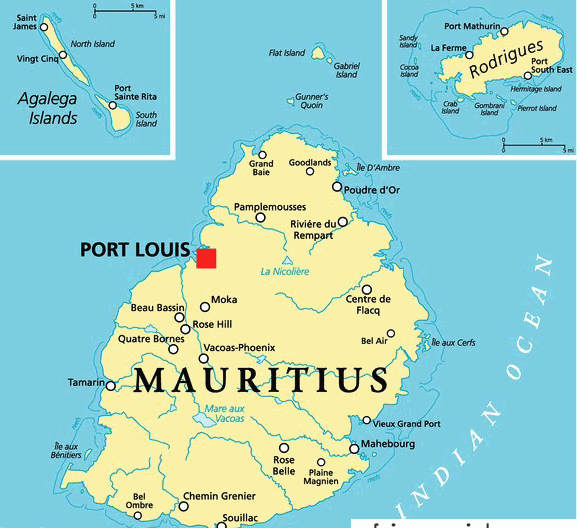The plans of Australian wave power developer Carnegie Wave Energy to use its world-leading CETO technology to develop a renewable energy microgrid for Mauritius have received another boost, after the project was awarded $800,000 of funding from the Australian government.
The funding, which will be controlled by the Mauritian Ministry of Finance and Economic Development, will go towards the study and design of high penetration renewable energy microgrids incorporating wave energy on Mauritius and the neighbouring island of Rodrigues.

It comes less than two weeks after the ASX-listed Carnegie closed its latest funding round, having raised $7.5 million towards the commercialisation of its CETO technology – $2.5 million more than the company had hoped to raise.
The initial phase of the $990,000 Mauritius project will focus on three areas, including the delivery of a renewable energy roadmap for the island nation; the assessment of the Mauritian wave resource and the identification of a preferred CETO array site; and the design of a microgrid powered desalination plant on the Mauritian island of Rodrigues.
2015 has been a big year for Carnegie, with the switching on of its ground-breaking array of CETO 5 generators off Garden Island in March – the world’s first grid-connected wave energy plant.
The company also completed the conceptual phase of its CETO 6 design, with a roughly four-times increase in rated capacity to 1MW; and set to work on the world’s first wave-integrated renewable energy microgrid project to be connected to an electricity network.
As reported, the Garden Island Microgrid Project will consist of Carnegie’s CETO 6 array, the existing reverse osmosis desalination plant currently operating on Garden Island after being switched on in October, plus 2MW of solar PV power generation and sufficient energy storage to allow safe, stable and reliable interaction with the electricity grid.

One of the main aims of the Garden Island project has been to provide a viable commercial model for islands, and edge of grid and remote communities.
And it has already generated a lot of interest. In April, Carnegie signed a deal to develop wave energy projects in Chile and Peru, to help supply renewable energy and water to some of the region’s remote island outposts.
The deal extends to developing marine energy in the Valparaiso Region, including the Easter and Robinson Crusoe Islands – two of the most remote inhabited islands in the world.
In a statement following this week’s announcement of the $800,000 funding for Carnegie’s Mauritius project, CEO Dr Michael Ottaviano commended the federal government for demonstrating its commitment to renewable microgrid solutions.
“Projects like Carnegie’s Garden Island Microgrid can be the model for Mauritius and island communities globally and will be at the forefront of addressing climate change and sustainability for small island developing states and least developed states,” he said.










